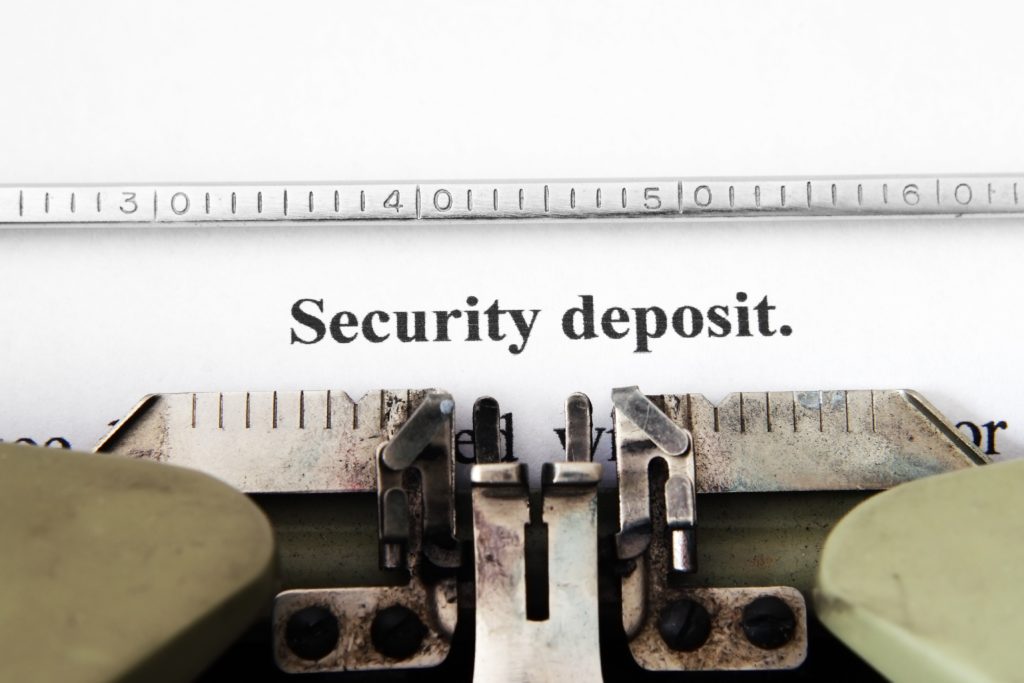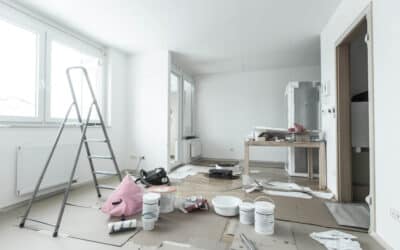Moving out of an apartment? You may receive a call or letter from your landlord about a walk-through inspection.
As a tenant, do you have to do the walk-through?
Let’s find out!
First, What is a Move Out Inspection?
A move-out inspection is a process by which a landlord will assess the condition of your apartment after the apartment is emptied. This move-out inspection may or may not occur with you (the tenant) present.
Should You Schedule a Walk-Through?
Technically, as a tenant, you do not have to (unless otherwise agreed to).
If given the opportunity though, it is almost always a good idea to do this walk-through inspection before leaving the property.

If a post-walk-through inspection is not part of the landlord’s process, be sure to check with the landlord on what condition is expected on return, and take pictures when your apartment is empty.
What is the Purpose of a Move-Out Inspection?
The purpose is to assess if there is any damage above reasonable wear and tear. Once determined, a landlord can assess how much of the security deposit can be returned (if any).
When Does a Walk-Through Inspection Take Place?
Typically, a landlord will do a walk-thru once your apartment is fully emptied and keys returned.
If you cannot be present, take your own pictures once the apartment is fully emptied and before you return your keys.
Why Do I Care About Damages?

The damage you caused can be deducted from your security deposit.
Moreover, if the damage exceeds the value of your security deposit, you can be liable for all damages.
Failure to pay these funds upon legitimate demand can result in damage to your credit score.
How Do Landlords Assess if There Was Damage?
Landlords assess damage by determining what is beyond reasonable wear and tear.
- Small nail size holes in the wall are usually not a problem, but excessive and/or large holes in the wall are.
- Staining on carpet, burns on countertops are all considered excessive damage.
The landlord usually has the right to charge for cost of product and reasonable service to repair to the condition you received the apartment in.
What’s The Bottom Line:
The best way to avoid disputes is communication, and if offered the opportunity to do a walk-through inspection, it almost always a good idea. Communicate with the landlord about what is expected and what you need to do. For example, you may need to have the carpets professionally cleaned.
Take pictures before move in and after move out.
Almost all disputes can be resolved by pro-active communication. Stay in touch with your landlord. Follow the terms of your lease.





